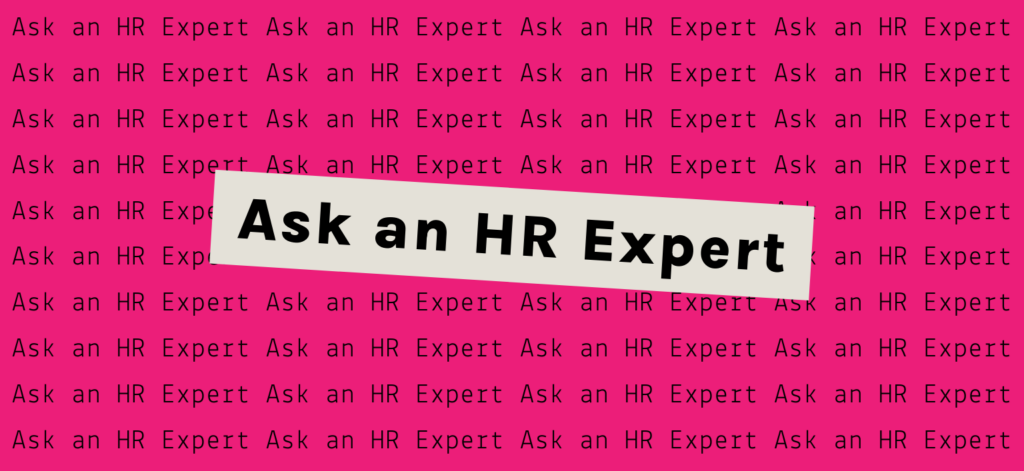During uncertain economic times, having flexibility in your hiring model makes sense. Not every business need requires additional headcount, and not every position can be filled on a temporary basis. In times like these, getting creative with staffing solutions can greatly benefit teams that are unable to commit to long-term overhead. When it comes to choosing a hiring model for your business Boly:Welch has got you covered. We offer three hiring models to suit your needs. We’ve compiled the pros and cons of each model — Contract Temporary, Temp-to-Hire, and Direct-Hire — for a quick comparison of your options.
Contract Temporary: Ultimate Flexibility; Limited Candidate Pool
Temporary jobs originated with the post-war “Kelly Girls” who worked short-term, low wage secretarial positions. Today’s temp jobs, also referred to as contract temporary positions, have changed considerably since the early days of staffing. The recruiting industry reflects the trends of modern work. With the growth of the gig economy, where the roles can range from four-hour filing projects to years-long change management consulting roles, contract temporary positions are no longer limited in terms of time or types of roles.
Generally, the nature of contract temporary work depends on the type of agency you work with. Some agencies, called staffing agencies, specialize in temp-only roles, focusing on serving employers who hire temporary workers at a high volume, typically in light industrial or manufacturing environments.
Other agencies, such as Boly:Welch, are called recruiting agencies or employment agencies. Recruiting agencies typically specialize in office, technical, or professional roles across a variety of industries and offer more varied hiring models, including temp, temp-to-hire, direct-hire, and executive search services.
No matter what type of agency you encounter, one common feature of a contract temporary role is that the agency is the employer of record, providing payroll, unemployment and workers’ compensation insurance, taxes, as well as all other employment obligations. Many recruiting agencies also provide benefits to the candidate, which can include medical and dental insurance, a 401(k), a profit share, paid sick time, and other perks.
For employers, temporary jobs can fill a variety of crucial business needs:
- Fill in for full-time staff vacations, medical or parental leaves, and unexpected absences
- Provide support during seasonal surges and unexpectedly large orders or sales
- Offer expertise in areas such as IT, accounting, marketing, or HR that aren’t currently available in house
- Assist with project-based work — anything from filing projects to audits
- Help overburdened teams catch up when there isn’t room in the budget to hire a new employee
Something to keep in mind is that the pool of prospective candidates is limited to job seekers who aren’t currently working. At Boly:Welch, contract temporary candidates go through the same screening process as every other candidate. It’s also important to note that if you decide to bring a contract temporary employee on to your payroll, you’ll owe a direct-hire fee, although it’s typically discounted according to time worked.
Temp-to-Hire: Accommodating, but with Some Caveats
A temp-to-hire role is very similar to a contract temporary job at the beginning of the assignment; the worker starts on the recruiting agency’s payroll and has access only to the agency’s benefits. The key difference is the expectation that the candidate will be converted from the agency’s payroll to the employer’s payroll after a set number of hours or days. For example, the employer of record would be expected to transfer from the agency to the employer in 520 hours, or 90 days. In Oregon, temp-to-hire roles are still at-will employment, meaning the employer or the employee can end the relationship at any time, without stating a reason. But the intent in forming the relationship is that the temp-to-hire worker will become a long-term employee of the company within a set amount of time.
If expectations are not met, or something changes in the business plan, it’s easier to sever ties when the candidate is not on company payroll. This hiring method may also serve to spread payments to the recruiting agency over several months, although it typically costs more in total, as the investment will include the agency’s administrative costs. The bill rate associated with this option includes the pay rate, employer costs, and recruitment fees associated with this type of hire.
Of course, since temp-to-hire positions usually attract folks who are currently unemployed, employers are often limited to a smaller candidate pool. Truly talented candidates will likely have multiple options and might not want to wait to audition when they can get a direct-hire offer. However, this really depends on the market.
The temp-to-hire option includes sourcing, screening qualified applicants, behavioral-based interviewing, testing appropriate to the position, and reference checking. But, because folks who take temp-to-hire roles are typically not working, they can start roles more quickly.
Additionally, the temp-to-hire option is not covered by a recruiting agency’s guarantee; time spent in the position serves as a ‘working guarantee’ period.
Direct-Hire: Full Candidate Pool; Least Flexibility
When most people talk about accepting a new job, they’re typically talking about direct-hire roles. In a direct-hire position, candidates begin their employment on the employer’s payroll and are eligible for employer benefits on the same schedule as any other employee.
Employers typically turn to recruiting agencies for help with these roles because they want access to “passive” candidates — folks who are currently employed but open to new opportunities. Or they have a hard-to-source role to fill, have had a mis-hire or two, or want to take advantage of an agency’s expertise, access, and long-term relationships.
For employers, opening a search for a direct-hire employee means you have the broadest available candidate pool: both working and non-working candidates. Having a direct-hire versus a temp-to-hire offer can change the equation when a candidate is evaluating whether to leave their current role.
Additionally, direct-hire placements are pretty straightforward. The agency presents pre-qualified candidates, providing behavioral-based interviewing, testing appropriate to the position, and reference checking. Pre-employment screenings such as drug testing, background, or credit checks are available upon request. You pay one agency fee when the candidate is hired, as opposed to receiving weekly temp invoices. Another benefit to the direct-hire method is that there’s less risk. Reputable agencies offer guarantees: if the candidate doesn’t work out, the recruiting agency finds a replacement candidate.
Lastly, direct-hire placements are made using a contingency model with no cost to you until a final candidate is selected.
In a down economy, temp roles are an incredible way to keep both candidates and employers productive and competitive. In a tight labor market, we see employers offering more direct-hire jobs. However, in any market, top companies are moving fast and showing commitment in order to attract and retain the best candidates.




